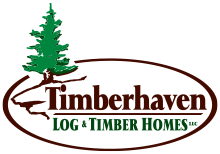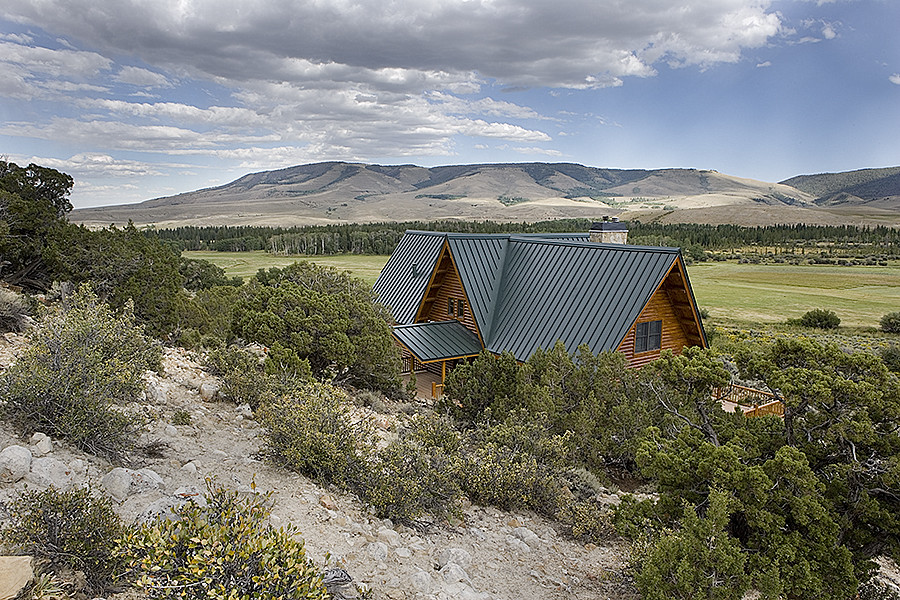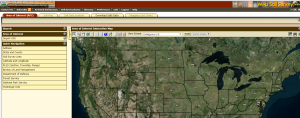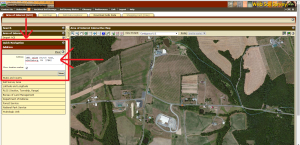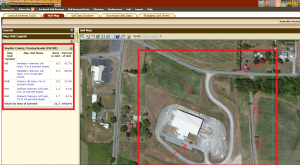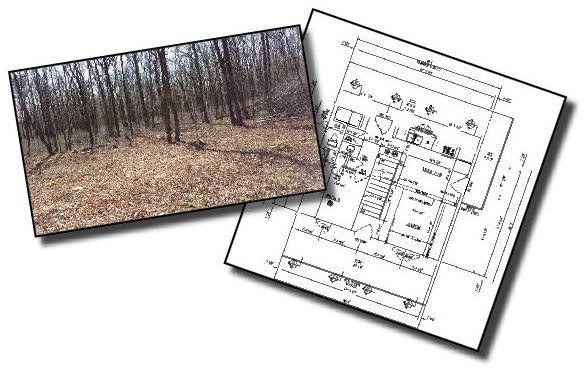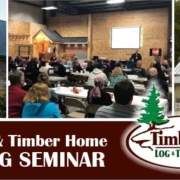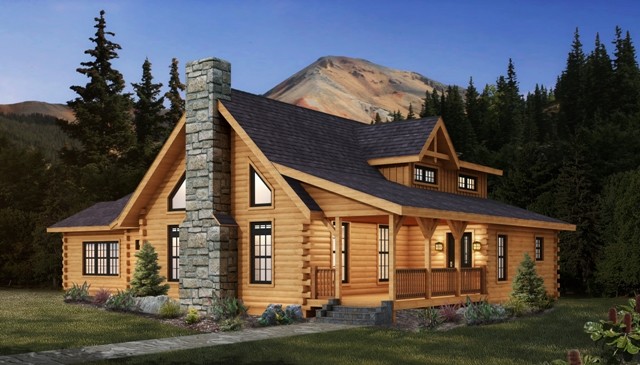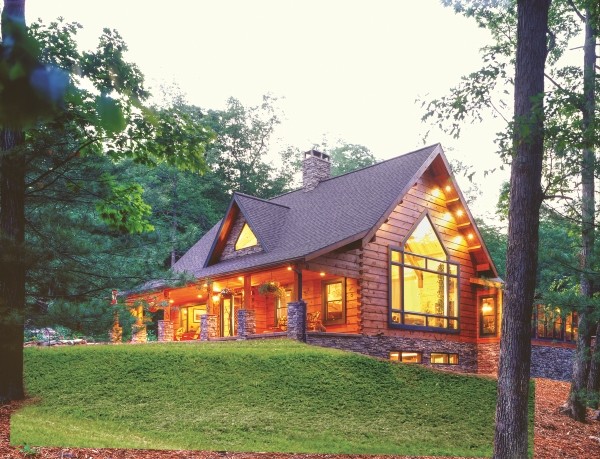Finding the Right Land for Your Log Home
ARE YOU SEARCHING FOR LAND TO BUILD YOUR DREAM LOG HOME ON? For those of you who expressed an interest in building a log home, but have not purchased land yet, we are certain that you will find the following information helpful. This information on finding the right land for your home is based on our actual experiences as we were relocated frequently along the East Coast during my prior career.
We found the following web links to be very helpful in finding local properties that are for sale and suggest you check each of these websites as part of your land search. Of course a local realtor is also a valuable source for land that is for sale, but these links offer an easy alternative as the websites can be visited anytime and with no sales pressure.
RESOURCES: Finding the Right Land for Your Log Home
 • http://www.landwatch.com/Land_For_Sale
• http://www.landwatch.com/Land_For_Sale
• http://www.homes.com/for-sale
• http://www.unitedcountry.com/locateanoffice
(enter the city or county and state in the search box)
Locally, we recommend that you also check out:
• Craigslist
• Local newspapers
• Weekly “shopper” papers
IS THE LAND SUITABLE FOR AN ON-SITE SEPTIC SYSTEM?
If public sewer is not available, as is typical of rural acreage, you will be required to install an on-site sewage system. These systems can range in cost from $2,500 to over $30,000 and some can be unsightly or require monthly maintenance. Thus, you want to get some idea as to the drainage of the property’s soils to see whether a simple trench-style, on-site septic system (the lowest cost type of septic system) could possibly work on the property.
The U.S. Department of Agriculture has an excellent on-line tool that can be used for this as well as providing other information about the land’s geography and characteristics. The website that we recommend is: http://websoilsurvey.sc.egov.usda.gov/App/WebSoilSurvey.aspx
Once you get to the WebSoil (aka Soil Map) site, you will see a map of the USA. It will look like this.
Next, follow these steps.
1. Go to the Quick Navigation menu on the left, and select the location of the property you want to evaluate. This can be done by address, geographic coordinates or simple zooming in on the map itself. Click View. You will then see an aerial view of the property. It will look like this.
2. Once you locate your property, you need to identify the specific Area Of Interest (AOI). Select the Define AOI by Rectangle button (third button from the right – see screen shot below); then using the cursor, select the property on the map that you want to zoom in on. A cross-hatched map will appear. It will look like this.
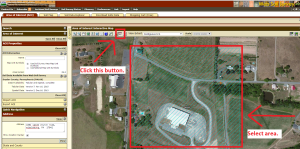
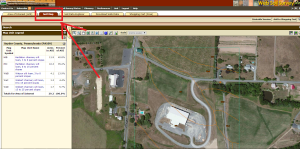
3. Once you have done that, click on the Soil Map tab in the top toolbar. You will now see the aerial view of the property as well as areas bordered in fine blue and orange lines with 2-3 letters within those areas. These are the specific soil types found within that outlined area – a list of the soils is to the left of the map.
4. Identify where you would like to site your home. Look at the soil type in that outlined area and, using the soil list on the left, scroll down the list until you find the soil type in question and click on it. A table will appear over the map that provides a summary of that soil’s characteristics.
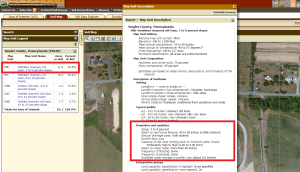
Go to the Properties and Qualities section of the summary and what you would like to see is:
A. A Depth To Restrictive Feature of at least 48 inches,
B. A Natural Drainage Class of “well drained,”
C. A Capacity…to Transmit Water of moderate to high,
D. A Depth to Water Table of 60-inches or more.
E. Frequencies of Flooding or Ponding of NONE, and
F. An Available Water Storage in Profile of low.
If the soil meets all of the requirements, it is likely suitable for a standard trench-style septic system. If the soil does not meet any or all of these requirements, you may want to select another site on the property for your septic system.
The procedures we have detailed above are strictly for providing you with quick data about the property you are interested in buying. Regardless of the data you get using these sources, we strongly recommend that you have a formal on-site septic test conducted by a certified sewage enforcement officer AND that you double-check with your insurance agent and ask them if the property of interest is within the 100-year floodplain. THESE STEPS SHOULD BE TAKEN BEFORE BUYING THE PROPERTY and should be added to any purchase agreement as contingencies of purchase to protect you as the Buyer. These steps should give you the absolute final and formal decision as to what, if any, type of septic system may be installed on the site as well as its susceptibility to flooding.
This article was written by guest blogger: Art Hoffman, authorized Timberhaven representative from Guys Mills, Pennsylvania
